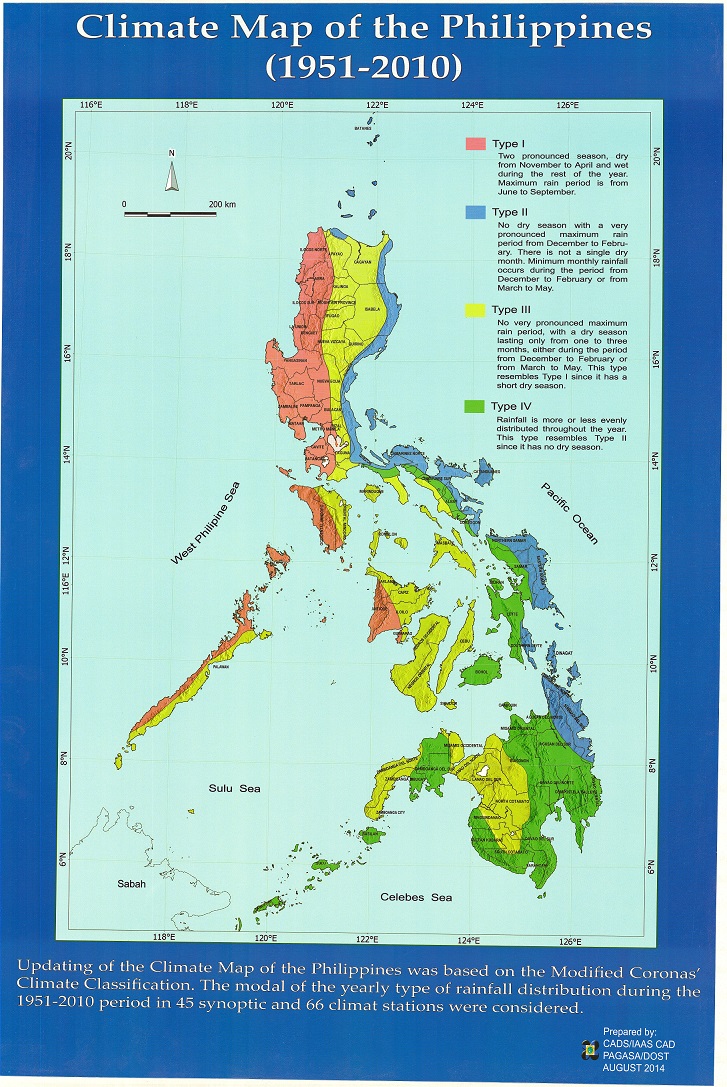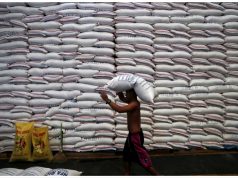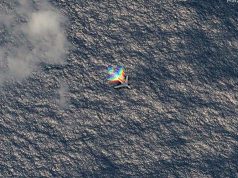
The common term “summer” used to describe the season from March to April does not apply to the Philippines.
BA Racoma, a student-researcher at the University of Philippines’ Institute of Environmental Science and Meteorology, shared this trivia on Twitter.
“It’s probably time to decolonize weather terminologies,” Racoma said.
“Technically, walang summer sa Pilipinas. Ayon sa PAGASA, ang buwan ng Marso, Abril, Mayo ay ang “hot dry season” o tagtuyong mainit,” he added.
It's probably time to decolonise weather terminologies.
Technically, WALANG summer sa Pilipinas. Ayon sa PAGASA, ang buwan ng Marso, Abril, Mayo ay ang "hot dry season" o tagtuyong mainit.
— BA Racoma (ᜊ) (@bumaBAgyo) March 1, 2020
The commonly known seasonal changes of winter, spring, summer and fall only apply to countries located in the temperate climate zone.
These places have a more even distribution of precipitation throughout the year, hence the name.
Countries in the tropical zone or those near the equator like the Philippines generally only have two seasons, the dry and the rainy.
The use of “summer” to refer to the dry season might be the result of colonization, Racoma noted, and cited the case of Baguio City, so-called the “summer capital of the Philippines” for it.
According to Baguio City government’s website, it was former American Governor Luke Wright who commissioned another American urban planner Daniel Burnham to develop the mountain and turn it into a health resort for American soldiers and civilians.
The United States of America is among the countries that is part of the temperate zone with four seasonal changes.
The climate types of the Philippines is quite complex, Racoma shared, given the country’s topography.
“Hindi basta-bastang nadedefine ang panahon sa Pilipinas sapagkat napaka-complex ng ating lupa at bansa. Maaaring tagtuyong mainit sa Marso-Abril-Mayo, may mga probinsya pa ring maaaring ulanin depende sa buwan,” he said.
Climate of the Philippines
People still interchange the terms weather, climate and season when describing such environmental changes despite them being different.
Weather and climate differ in terms of time. National Aeronautics and Space Administration (NASA) defines weather as the “conditions of the atmosphere are over a short period of time” while climate is “how the atmosphere “behaves” over relatively long periods of time.”
Scientists identify a region or place’s climate through several factors such as temperature, humidity and rainfall distribution.
Seasonal changes or seasons are particular changes of weather patterns in a year.
According to the Philippine Atmospheric, Geophysical and Astronomical Services Administration, the country only experiences two major seasons.
- Rainy season from June to November
- Dry season from December to May
There are subdivisions for the dry season. These are:
- The cool dry season from December to February
- The hot dry season from March to May
Overall, PAGASA stated that the climate of the Philippines are only tropical and climate.
“It is characterized by relatively high temperature, high humidity and abundant rainfall. It is similar in many respects to the climate of the countries of Central America,” the state weather agency explained on its website.
“Temperature, humidity, and rainfall, which are discussed here under, are the most important elements of the country’s weather and climate,” it added.
The Philippines also have four climate types that are greatly influenced by typhoons.
“They generally originate in the region of the Marianas and Caroline Islands of the Pacific Ocean which have the same latitudinal location as Mindanao,” part of the explanation read.
As of press time, the state weather bureau has yet to announce the start of the dry season this year.










